Growing roses in pots or planters allows you to enjoy these beautiful blooms even in limited space. However, container gardening comes with its own set of considerations. To ensure your potted roses thrive, follow these essential care tips that cover everything from selecting the right container to proper watering and fertilization.
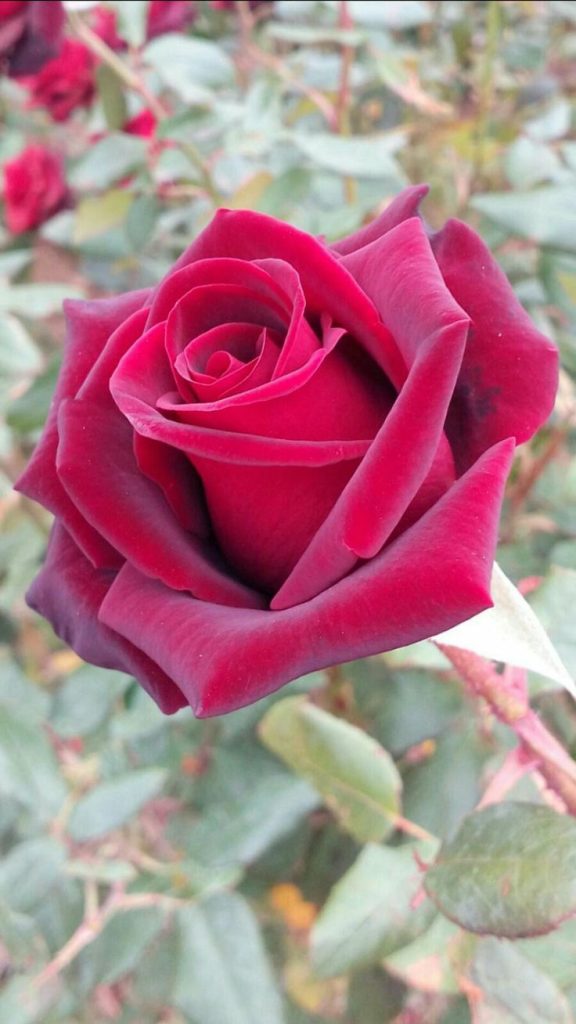
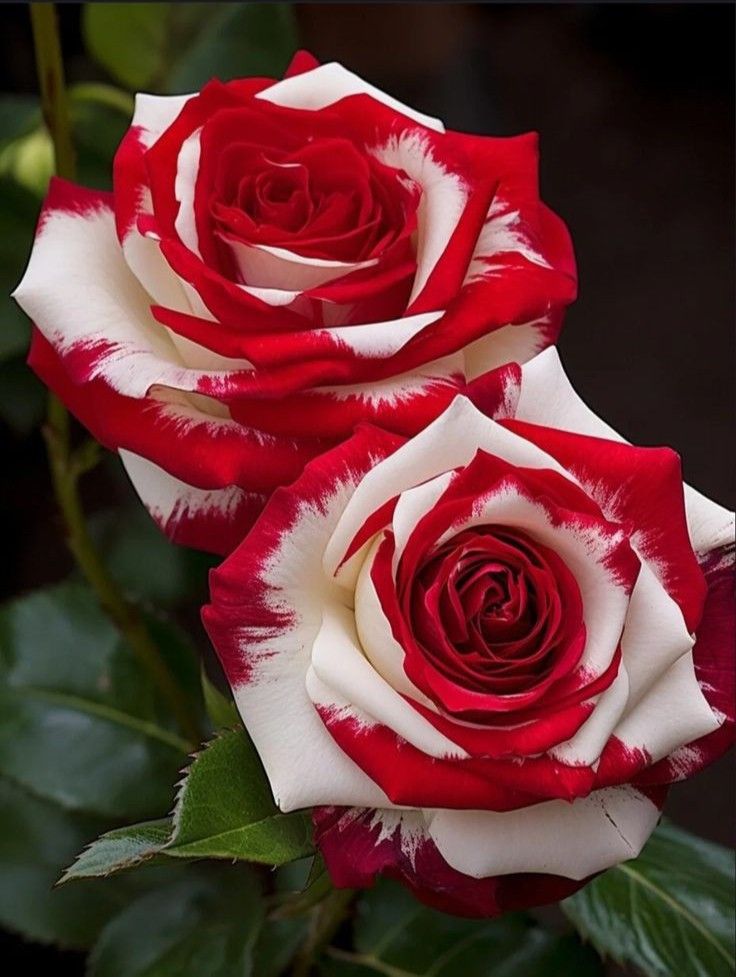
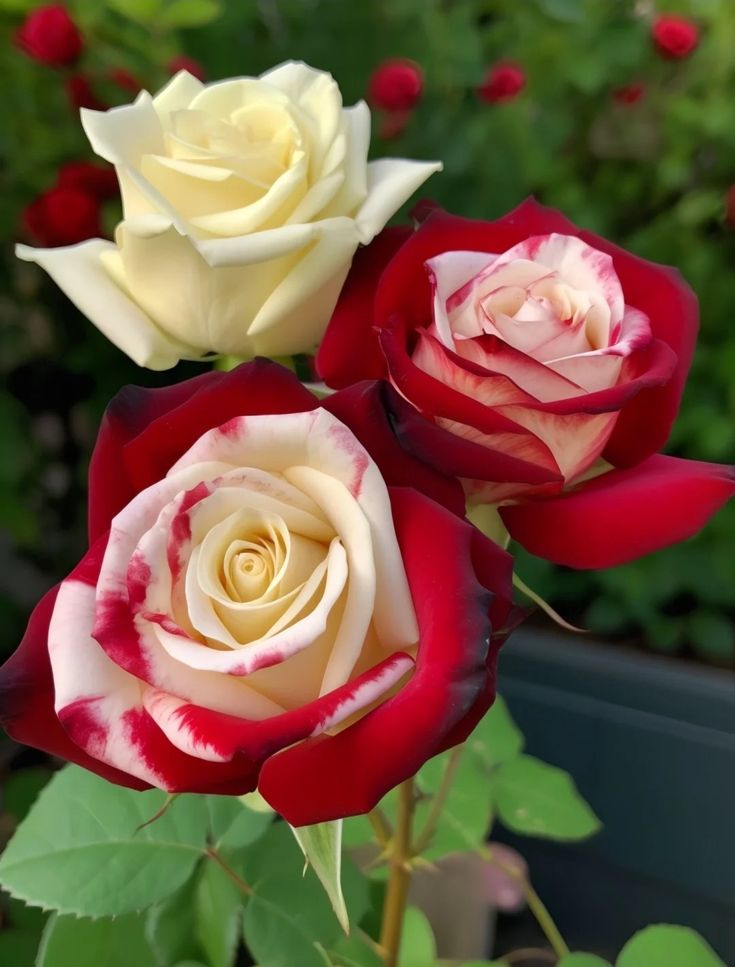
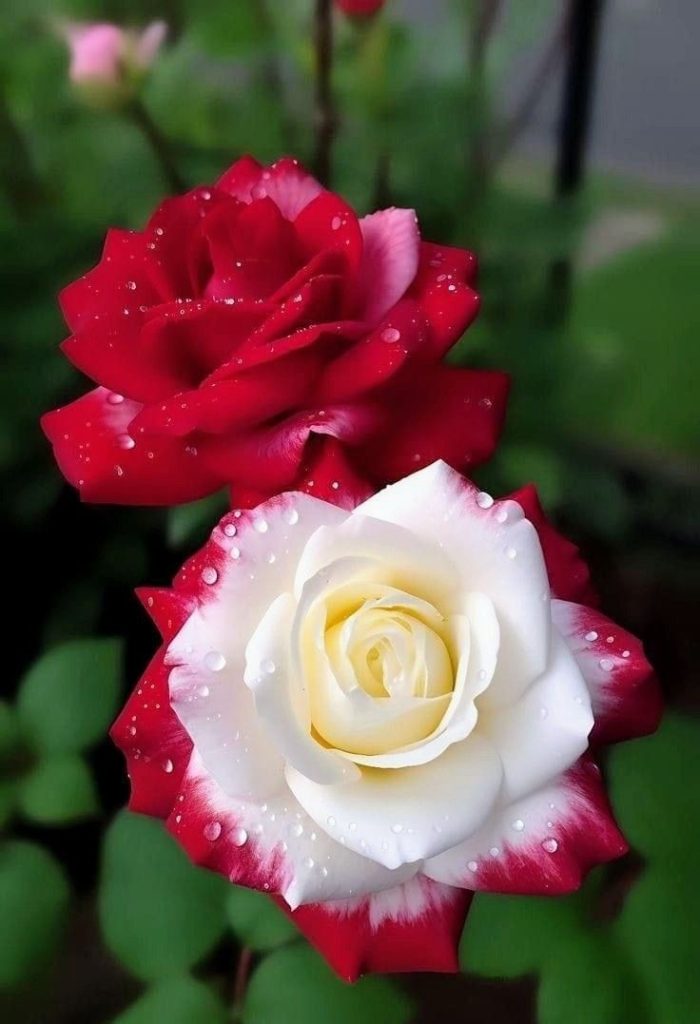
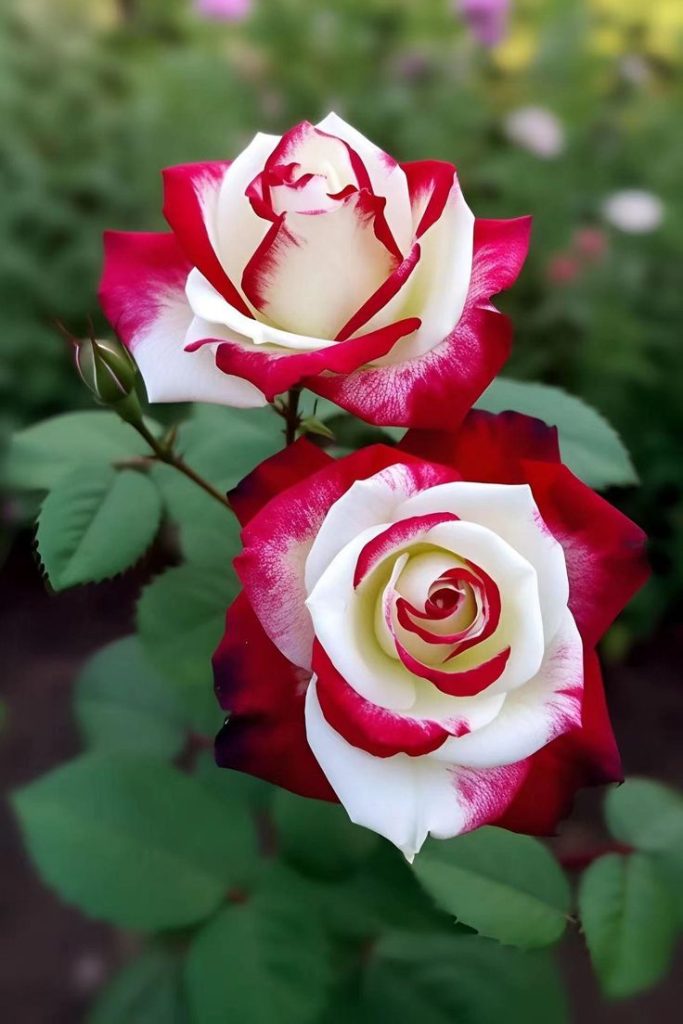
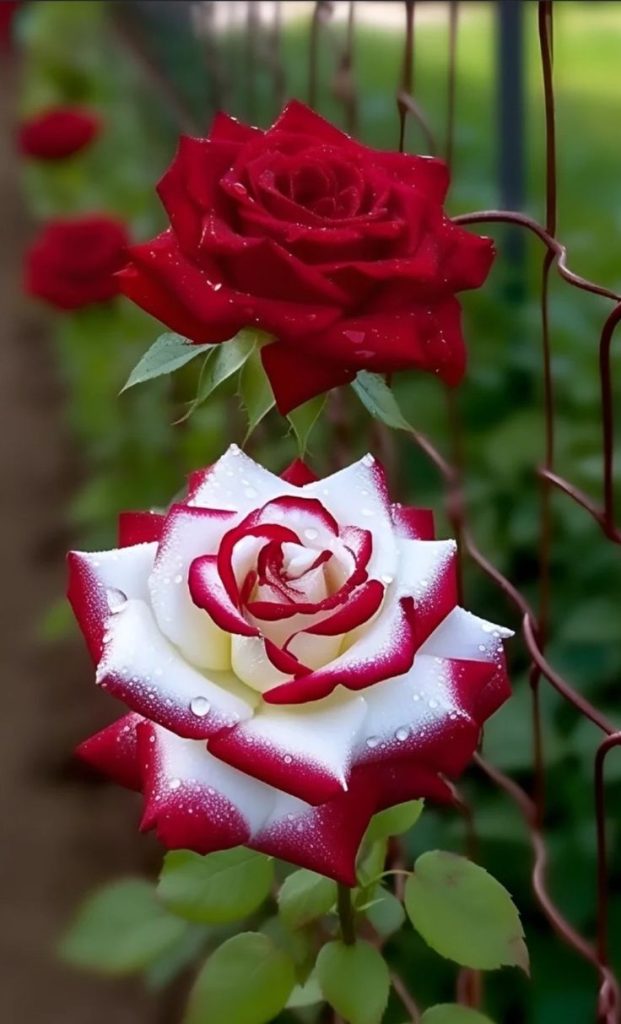
1. Choose the Right Container
Tip:
Select a large enough container with good drainage. Opt for pots made of materials like terracotta or plastic, as they provide insulation and help regulate soil temperature. Ensure the container has drainage holes to prevent waterlogged soil.
2. Use Quality Potting Mix
Tip:
Choose a well-draining potting mix specifically formulated for roses. Avoid using garden soil, as it can lead to poor drainage and compaction in containers. Good-quality potting mix provides the necessary nutrients and aeration for healthy root development.
3. Select Suitable Rose Varieties
Tip:
Choose compact or miniature rose varieties that are well-suited for container gardening. Look for varieties labeled as “patio” or “miniature” roses, as they are generally more adaptable to confined spaces.
4. Provide Adequate Sunlight
Tip:
Place your potted roses in a location where they receive at least 6 hours of direct sunlight daily. Roses thrive in full sunlight, and insufficient light can lead to weak growth and reduced blooming.
5. Watering Consistently
Tip:
Maintain consistent moisture in the potting mix. Water your potted roses when the top inch of the soil feels dry to the touch. Avoid overwatering, as waterlogged soil can lead to root rot. Ensure proper drainage to prevent water accumulation in the container.
6. Fertilize Regularly
Tip:
Use a balanced, water-soluble fertilizer formulated for roses. Begin fertilizing in early spring and continue throughout the growing season. Follow package instructions for application rates, and avoid over-fertilizing, which can damage the roots.
7. Prune for Shape and Size Control
Tip:
Regularly prune your potted roses to maintain a compact and well-shaped form. Remove dead or spent flowers, and trim back long, leggy stems. Pruning encourages bushier growth and enhances blooming.
8. Monitor for Pests and Diseases
Tip:
Keep a close eye on your potted roses for signs of pests or diseases. Aphids, spider mites, and fungal issues can occur in container-grown roses. Treat promptly with insecticidal soap or fungicides as needed.
9. Mulch the Surface
Tip:
Apply a layer of mulch on the surface of the potting mix to help retain moisture and regulate soil temperature. Mulching also suppresses weeds and enhances the overall aesthetics of the container.
10. Winter Protection
Tip:
In colder climates, provide winter protection for your potted roses. Move the containers to a sheltered location, insulate the pots with straw or bubble wrap, and consider wrapping the entire container with burlap to shield the roots from freezing temperatures.
Conclusion
Caring for roses in pots or planters requires attention to specific details to ensure optimal growth and blooming. By choosing the right container, providing suitable potting mix, and following proper watering and fertilization practices, you can create a thriving and visually stunning display of roses in a limited space. Enjoy the beauty and fragrance of your potted roses with these tailored care techniques.
FAQs
- Can I keep potted roses indoors?
- While potted roses can be brought indoors for a short period, they generally thrive best outdoors. Ensure they receive adequate sunlight and ventilation if placed indoors temporarily.
- How often should I prune my potted roses?
- Prune your potted roses regularly throughout the growing season. Remove dead or spent flowers and trim back excessive growth to maintain a compact and attractive shape.
- Can I reuse the potting mix from the previous year?
- It’s advisable to refresh the potting mix annually to provide your roses with adequate nutrients. Reusing old potting mix may result in nutrient depletion and compaction.
- Do potted roses need a support structure?
- Compact and miniature roses typically do not require support structures. However, if you have larger varieties in containers, consider providing stakes or other supports to prevent stems from bending under the weight of blooms.
- How do I protect potted roses from extreme heat?
- During periods of extreme heat, move your potted roses to a shaded location, especially during the hottest part of the day. Ensure they receive sufficient water to prevent dehydration.